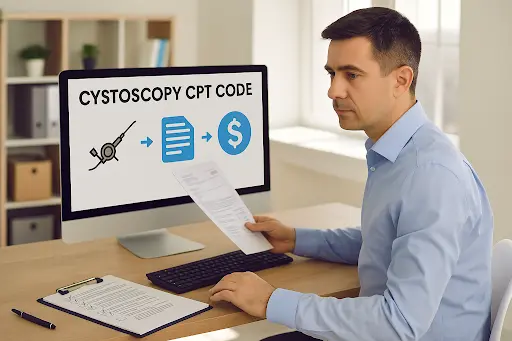Not every session fits into a single box. Some are part medication review, part deep conversation. You assess symptoms, adjust a treatment plan, and then spend meaningful time helping a patient process fear, grief, or trauma. These moments matter, clinically and emotionally.
But billing for them? That’s where it gets complicated.
CPT 90833 was designed for exactly this kind of visit: when a provider delivers both medical evaluation and genuine psychotherapy in the same session.
It’s often overlooked, sometimes misused, and frequently underpaid, not because the work isn’t done, but because the billing doesn’t capture it correctly.
At Cadence Collaborative, we help healthcare practices navigate complex billing codes with confidence, especially when it comes to mental health and behavioral health coding.
In this blog, we’re diving deep into CPT 90833: what it means, how (and when) to use it, and how to make sure you’re getting paid for the work you actually do.
What Is CPT Code 90833?
90833 is the CPT code for psychotherapy, 30 minutes with a patient, when performed with an evaluation and management service (aka E/M service).
In plain English? It’s used when a medical provider (often a psychiatrist, primary care physician, or psych-certified NP) delivers psychotherapy during the same session as a medical evaluation.
Think of it as a “combo code”; it’s not for standalone therapy sessions, but rather psychotherapy embedded within a medical visit.
What Services Qualify?

Let’s say you’re managing a patient’s anxiety meds.
During that same visit, the patient opens up about worsening panic attacks, and you spend a solid 25 minutes engaging in supportive therapy and CBT techniques.
That’s where 90833 comes in.
You must:
- Provide a billable E/M service (like 99213, 99214, etc.)
- Spend at least 16+ minutes on psychotherapy content (yes, the “30-minute” code actually starts at 16 minutes per CPT rules)
- Document both parts clearly and separately
Examples that qualify:
- Medication management + cognitive-behavioral therapy
- Psych eval + supportive therapy during a follow-up
- Adjustment disorder follow-up with significant therapeutic intervention
Examples that don’t:
- Quick med check + casual convo
- Sessions that focus solely on medication side effects
- Less than 16 minutes of therapeutic dialogue
Who Can Use 90833?
This code is typically used by medical professionals who are both evaluating medical/psychiatric symptoms and delivering therapy.
Common providers:
- Psychiatrists
- Psychiatric NPs
- Primary Care Physicians (if trained appropriately)
- DOs in integrated behavioral health settings
Not for:
- Psychologists, LCSWs, or therapists not credentialed to bill E/M
Documentation Tips (That Actually Get You Paid)
This is the biggest pitfall we see. If your note doesn’t clearly show two distinct services, you risk getting the psychotherapy code denied, even if you did the work.
Here’s how to avoid that:
Make the Split Obvious — In Your Notes
Don’t let your documentation blur the lines. To avoid denials, it should be crystal clear that you provided two distinct services:
1. a medical evaluation, and
2. a structured psychotherapy session.
How? Use clear language and layout:
Start your note with the E/M portion (e.g., med review, diagnosis, treatment plan)
Then document the psychotherapy segment separately, noting the modality, duration, and therapeutic focus.
Be Time-Specific
State the exact minutes spent on psychotherapy, not just the “30-minute session.” That’s how you justify using 90833.
Example:
“Patient and provider engaged in 25 minutes of cognitive behavioral therapy addressing panic-related thought distortions…”
Specify Modality
Mention what kind of therapy was provided:
- CBT
- Supportive therapy
- Motivational interviewing
- Insight-oriented therapy, etc.
Can 90833 Be Used With These E/M Codes?
Yes, but only specific E/M codes can be paired with psychotherapy add-ons like 90833.
Here’s the cheat sheet:
| E/M Code | Setting | Can Pair with 90833? |
| 99212–99215 | Outpatient/Office | Yes |
| 99354–99357 | Prolonged services | No |
| 99201–99205 | New patient visit | Yes |
| 99217–99220 | Observation care | No |
Make sure both codes are medically necessary, not just bundled for billing’s sake.
Reimbursement Rates

Rates vary by payer and region, but here’s a general ballpark:
| Code | Estimated National Rate |
| 90833 | $85–$110 |
| 99214 | $120–$150 |
So for a 45-minute combined visit, you could potentially earn $200–$250, depending on payer contracts.
But again, if you miss documentation or fail to meet time requirements, you’re leaving serious money on the table.
Common Mistakes (And How to Avoid Them)
We’ve seen so many practices do great clinical work but miss out on reimbursement because of tiny technical gaps.
So let’s talk about where things usually go sideways, and how to stay ahead of them.
| Mistake | How to Fix It |
| Forgetting modifier -25 | Always append it to E/M code |
| Not documenting time spent | Be specific: “25 minutes of CBT” |
| Blurring medical & psych in notes | Use clear headers and separation |
| Using 90833 without psychotherapy | Only bill if therapy was actually delivered |
Be intentional about how you document. Add those extra two sentences. Name the modality. Drop in the time. Use the modifier. These tiny changes = more consistent payments and fewer headaches.
And if you’re not sure what’s going wrong? Contact us and we’ll help you find it.
CPT 90833 – Frequently Asked Questions (FAQs)
Can I bill 90833 without an E/M code?
Nope. CPT 90833 is an add-on code, meaning it can’t stand alone. It must be billed with a valid E/M service (like 99213 or 99214) provided by the same clinician during the same session.
What’s the minimum time required to bill 90833?
You need to spend at least 16 minutes on psychotherapy to bill 90833. Even though the descriptor says “30 minutes,” CPT coding rules allow for a threshold starting at 16.
Can a psychologist or therapist bill 90833?
Typically, no. Since 90833 requires an E/M component, it’s generally only billable by providers who can perform evaluation and management services, like:
- Psychiatrists
- Psychiatric Nurse Practitioners
- PCPs in integrated care settings
Psychologists and LCSWs would typically use codes like 90832, 90834, or 90837 instead.
Will I get denied if I don’t separate my notes?
It’s very likely. Payers want to see clear, distinct documentation for psychotherapy vs. med management. A blended note with vague references is one of the top reasons 90833 gets denied.
Can I use 90833 for phone or telehealth visits?
Yes — if your payer allows it and the session meets telehealth documentation standards. Be sure to:
- Include start/end times
- Specify that the psychotherapy was conducted via audio-video (or audio-only, if allowed)
- Use the correct place of service and modifier (e.g., 95 or GT)
Always check payer-specific rules for telehealth + psychotherapy combinations.
What happens if I bill 90833 but don’t document time?
You risk denial or audit. Time is non-negotiable with this code. Always note the exact number of minutes spent on psychotherapy — not just “provided therapy” or “discussed concerns.”
Final Thoughts
CPT 90833 is like the espresso shot of billing: small, powerful, and easy to mess up if you’re not careful.
But used correctly, it lets you bill for the full value of the visit, not just the meds, but the time, skill, and therapeutic effort you bring to your patients.
Ready to make 90833 work for your practice?
At Cadence Collaborative, we help behavioral health and integrated care teams optimize billing, reduce denials, and get paid accurately for every service they provide — especially the ones that matter most.
Whether you need a second set of eyes on documentation, targeted team training, or a smarter RCM strategy built for mental health, we’re here to help. Book your consultation today!






